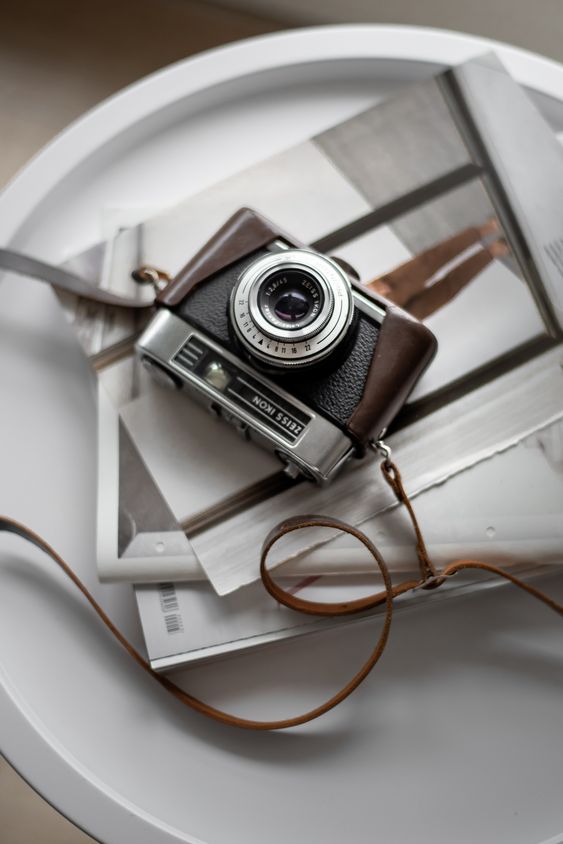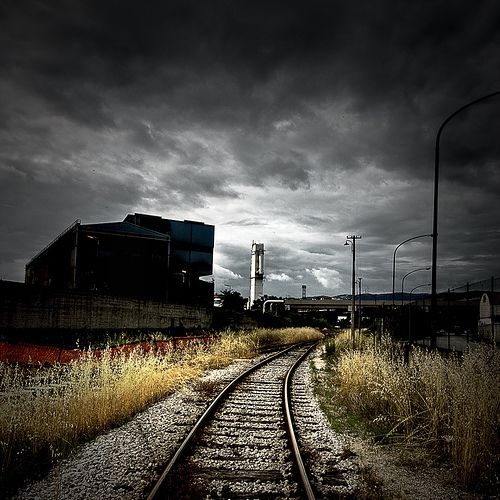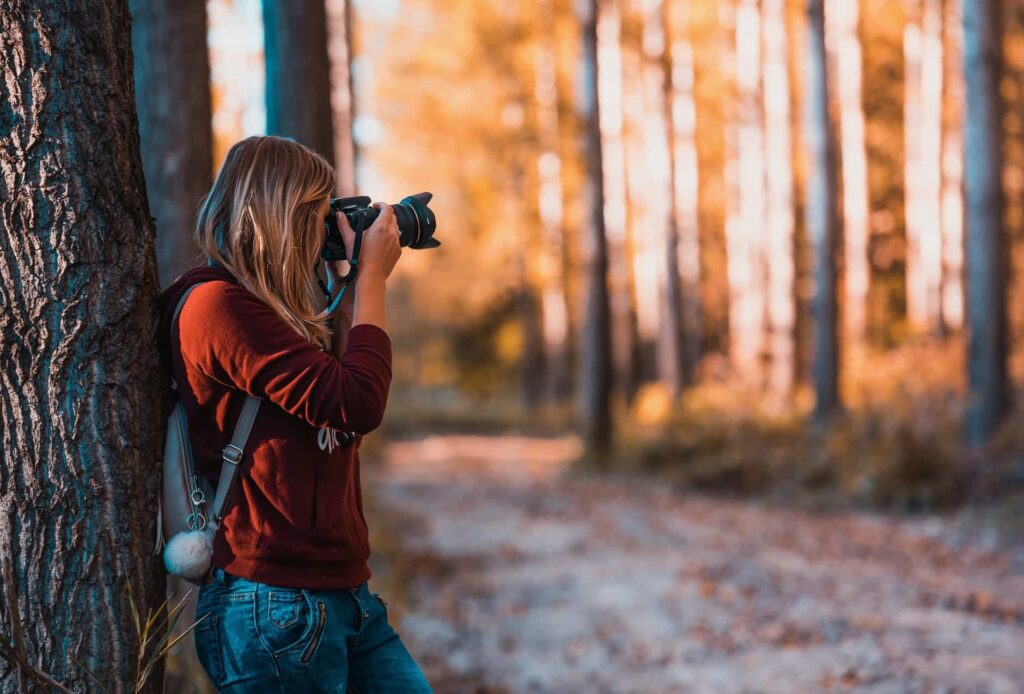Every photographer can choose a genre that suits their taste and skill level, even if they are just starting as a hobby. Also, almost all genres have several subgenres.
However, many aspiring photographers struggle to find the right genre for them. You can experiment with as many types as you like until you settle on genres you enjoy. However, without experimenting, you cannot achieve that.
If you’re new to photography, look through Yvette Heiser Texas – 5 Interesting Photography Types for Beginners and pick one that interests you. Next, grab your camera and get out there and start doing it.
Top five photography types suggested by Yvette Heiser:

Portrait photography
Portrait photography is one of the best types for beginners to try. A friend or family member will want you to take their picture when you obtain your first camera. Therefore, practicing taking portraits will help you learn about this photography type and see if you like it.
Working directly with the subject is one of the advantages of portrait photography. This genre also helps you become familiar with photography fundamentals, like ISO, aperture, and focus.
Landscape photography
Landscape photography is one of amateur photographers’ most popular and favorite genres because it focuses on capturing the feeling of being in the vast outdoors. The idea behind the shot should be to give the audience the impression that they have been transported to the same location as you were.
The components of each unique scene will guide your choices for viewpoint, camera angles, and other techniques to fully convey its beauty. If you want the finest landscape or nature photography results, buy a mirrorless or DSLR camera.
Food photography
Have you ever found yourself craving food after seeing a picture of it? If so, you’ve looked at a good example of the food photography genre. Every restaurant, blogger, and occasionally home cook posts photos of their food to social media. If you also love food, this photography genre might suit you.
Food has many textures and might produce strange-looking shadows, and you should generally avoid using flash or lighting when photographing it. Rather, use natural light and rotate the plate to determine the dish’s most appealing angle.
Product photography
Just like with food photography, the goal of product photography is to present an object in the most flattering light. This is the genre to choose if you’re also interested in advertising.
After you’ve chosen the ideal camera and lighting settings, take pictures from various angles to highlight every detail of the object. Remember to set the product down with a stable surface, a tripod, and light supports.
Events photography
Taking excellent photos during private or business events is the main goal of event photography. You may need to shoot planned or impromptu photos of people, venues, or any props used in the event, so some photography experience is required for this genre. Event photography aims to document the event while including artistic value.
Final thoughts
Lastly, remember no rule says you should stick with only one photography genre. Look at other photographers to find new inspiration. For example, in Yvette Heiser Wonders Captured The Power of Wildlife Photography in Conservation, you can read what the photographer says about wildlife photography.









